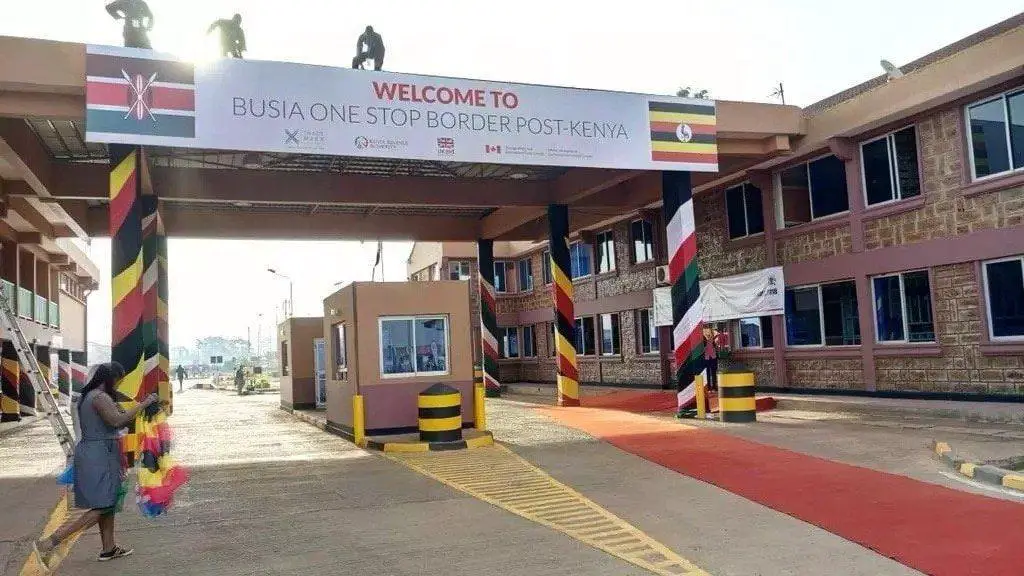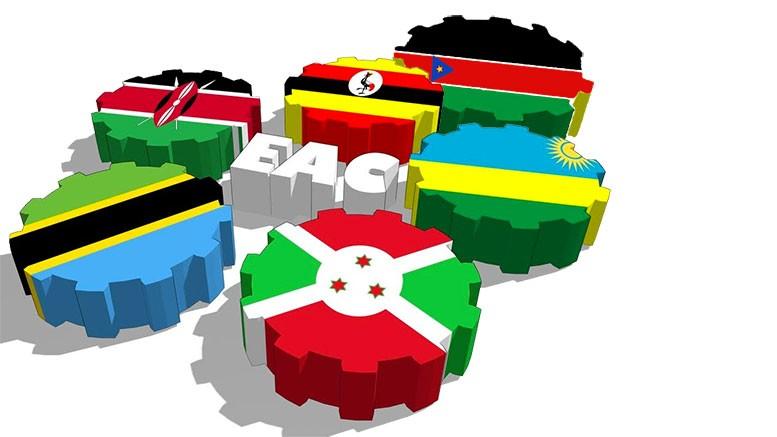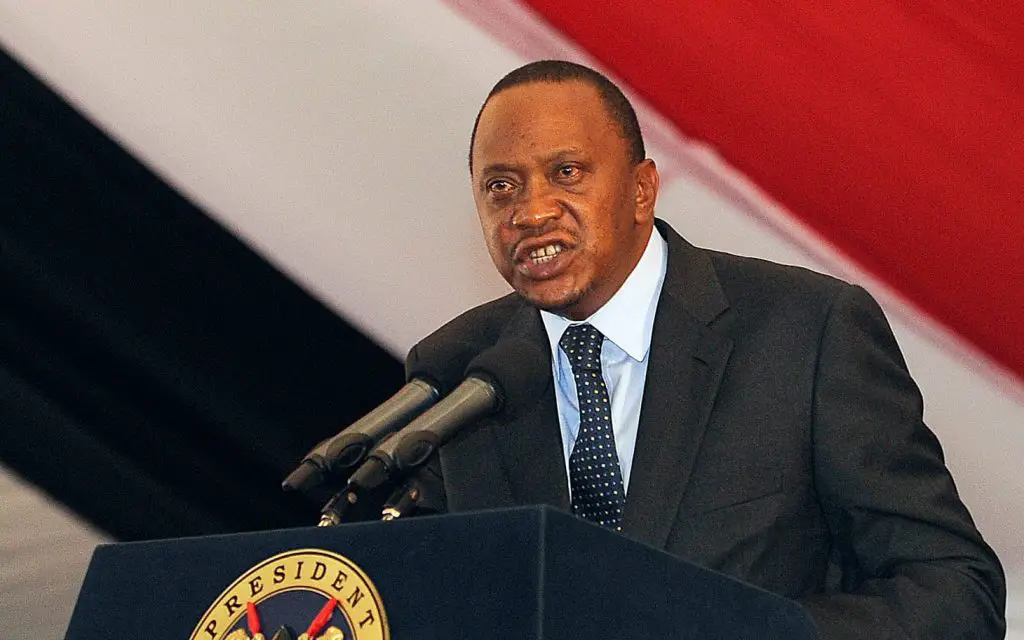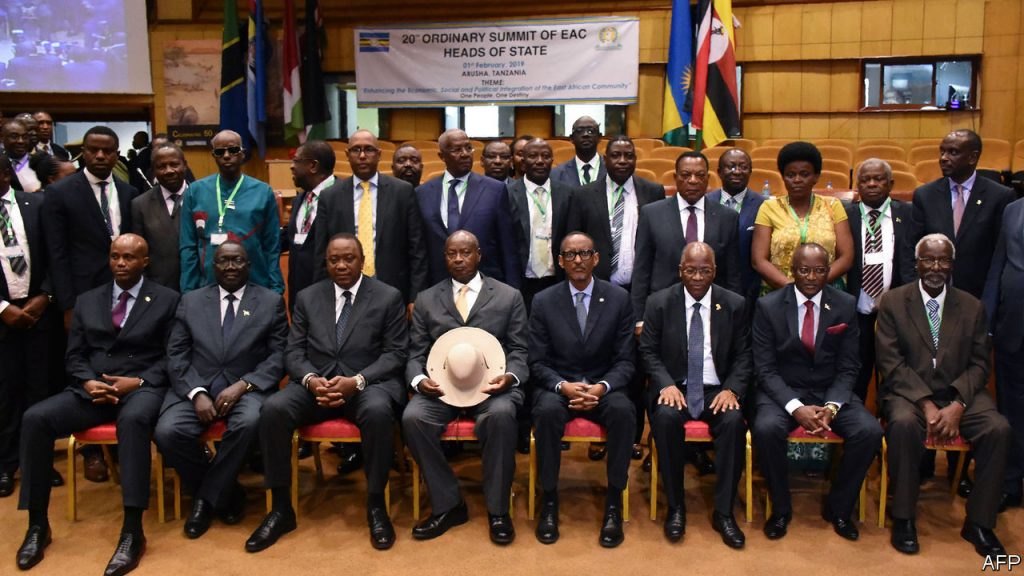- Africa’s new dawn: the rising role of digital and AI in agriculture
- Can Dangote Refinery Transform Africa Energy Ambition
- Gallup Survey: 80 per cent of Kenyan Workers Are Disengaged and Seek New Opportunities
- Madagascar Man Freed from 5KG Tumor After 15-Year Struggle
- How women in Africa are perceived and treated
- Sugar consumption in Kenya to Increase to 1.23 Million Tonnes
- Can Somalia and Turkey Oil deal Bring Change in Somaliland
- Remittances to Kenya dropped to $371.6 million in June, marking a six month low
Browsing: East African Community
There are now more than 100,000 mini-grid stations across Africa, these little power generation stations are serving to bridge Africa’s rural power gap and Tanzania is no exception.
While the country leads Africa in rural electrification efforts, there is still huge gap between demand and supply and the solution to cover it lays in mini-grids, small power stations that generate power at localized remote points.
To date, Tanzania has well over 100 mini-grids that provide electrical power to over 250,000 people in remote corners of the country. These mini-grids provide close to 200 MW using biomass, fossil fuel and solar systems as well as hybrids of these energy sources.
Tanzania’s national policies also support adoption of renewable energy technologies. Off-grid electrification using renewable energy technologies can offer a power solution to rural and remote areas. These efforts are inline with the global Sustainable Development Goals.
SDG number 7 calls for …
More than ever before, Tanzania and the rest of Africa need to employ rain harvesting technology. Global climate changing is drastically affecting weather patterns, rains are heavier or missing completely, droughts in otherwise tropical areas, cyclones and tornadoes ravaging through coastlines. Weather is now less predictable than ever before.
For both economic and social reasons, Tanzania needs to make the best of the rains when they come, Tanzania needs to harvest rain water.
While at national or even city levels, there are some sophisticated equations involved in rain harvesting, like building reservoirs and purification sites, but all in all, the science of rain harvesting technology is not all that complicated at all. It’s a simple three step investment, collect, store and purify.
Since economies rely on water for production and households depend on clean and safe water for daily survivor, harvesting rain water should not even be optional, it should …
When it comes to extractive industries, Tanzania is one of Africa’s richest countries. From minerals to marine resources, Tanzania has it all. It is the World’s only source of Tanzanite, a blue gem said to be 1000 times rarer than diamond. It is home to the highest mountain on the continent and Lake Tanganyika, the World’s deepest lake.
How to manage the extractive industries is an insurmountable task that has seen many countries plunge into endless civil wars. At the center of this strife is a matter of much deliberation but one word can describe the complex mechanisms that are required to efficiently manage the extractive industries, transparency.
Transparency in this case is a very touchy subject after all, who wants to let the world know the details of the 100 years renewable contract that they have signed with a multi-national corporation?
However, that is exactly what transparency demands, stifle …
When President Uhuru Kenyatta stepped out on his Harambee house offices to announce the measures to curb the spread of Novel Coronavirus, no one knew the effect it would have on the East African citizens. In his announcement, the President gave an allowance of 48 hours for non-Kenyans to arrive and be quarantined after which none will be allowed.
While the rules of engagement for a trade block like East African Community has been to allow the free movement of people, goods, and services, Coronavirus has stepped to challenge this notion, with most countries viciously guarding their borders against foreign entry.
In regional bodies like the European Union, the movement of people and goods across the region is becoming more difficult with border chaos being witnessed in countries traditionally with the easiest border crossing exercises.
In East Africa, crossing the boundary is even harder. After Kenya announced the crossing of …
The East African region has a combined GDP of US$ 880 billion and a population of 437 million.
Despite this attractive combination, the economies of East Africa are still highly fragmented with low intra-regional trade and investment levels. To make matters worse, the trade and investment have been declining.
The region’s biggest economies of Kenya and Ethiopia have an annual bilateral trade worth less than US$ 100 million since they barely trade with each other.
While these two economise paint a rough picture of the trade imbalances in the region, trading within the East African Community (EAC) is higher with exports peaking in 2013 at US$ 3.5 billion. Again, unfortunately, by 2017 the exports volumes had declined with earnings reducing by 31 per cent to just US$ 2.4 billion.
The lack of trade integration poses a serious impediment to the future development of the region despite the fact that the …
The United Kingdom wants to enter into a trade pact with the East African Community member countries.
The United Kingdom which is into a one-year transition phase after it left the European Union, is keen on having long-term and sustainable trade ties with the EAC region.
During the one-year transition period set to end on December 31, the UK- EAC trade engagement will be under European Union protocol where most regional countries apply to Everything But Arms treaty.
UK High Commissioner to Rwanda, Jo Lomas, said that they are looking to negotiating a trade deal somewhat similar to EAC’s Economic Partnership Agreement with the European Union.
“We are looking to have a trade deal with the EAC, along the lines of what was agreed upon by the EU. Ultimately, we would like to be negotiating something more ambitious but we are keen not to disrupt trade,” she said.
Also Read:
…The East African Community (EAC) is regressing with Kenya, Uganda and Tanzania leading the pack.
It is gross discouragement to hardworking East Africans who are seeing their countries’ economies continue on a downward trend despite the much-hailed talk of GDP growth.
Coupled with unfavourable economic conditions globally, the EAC economies are degenerating, leading to chaotic disruptions of livelihoods of the majority poor.
Kenya’s debts, theft of public resources
Kenya is East Africa’s economic hub but with the goings-on lately, it seems like the centre is no longer holding.
A Gallup International annual End of Year Survey released in 2002 showed that Kenyans were the most optimistic people on earth and in 2019 the Global Optimism Outlook Survey found that 70 per cent of Kenyans viewed themselves as optimists.
This average was above the global standing at 56 per cent and continental Africa’s average of 64 per cent.
For a country …
The East African Community has for long earmarked the linking of partner countries through roads. One of this link is the link road that connects the coastal towns of Mombasa and Tanga, touching the lives of thousands of commuters and transporting goods and services worth millions.
Recently, the EAC announced that it has increased its funding for key projects from various donors among the Africa Development Bank (AfDB), which has now approved this project.
The Bank’s support for the Mombasa-Lunga Lunga/Horohoro and Tanga-Pangani-Bagamoyo roads Phase I, is in the form of African Development Bank and African Development Fund loans and represents 78.5% of the total €399.7 million project cost. The European Union contributed a grant of €30 million, 7.7% of the total project cost, to the government of Kenya.
The road is a key component of the East African transport corridors network, connecting Kenya and Tanzania. Producers, manufacturers and traders …
Never in the history of the East African community has there been more funding than now, with the current funding for various social and infrastructural projects reaching US$3 Billion. Most of these funds have gone into inter-states projects as well as projects within a state having a regional impact.
The community has been able to achieve a tenfold increase in grants while still reducing internal expenses and costs by over 40 percent in the last four years.
Documents at our hands show that the EAC has been able to sign projects with different development agencies including Africa Development Bank, USAID, China, EU and Bill and Melinda Gates Foundation worth $547,454, 168.
These documents seem to agree with Amb Libérat Mfumukeko who has been pushing for an effective secretariat that is able to raise financing on key projects while at the same time cutting on costs. This, he has argued in …
Welcome to Jack’s world. Jack is a photographer based in Dar-es-Salaam who recently set up a sole proprietorship.
His dream is to grow into a visual interior design firm that furnishes affluent homes, office spaces, and restaurants with compelling imagery for their otherwise boring walls.
Every one of Jack’s hours is valuable to achieving his ambition.
Jack is not alone. East Africa is burgeoning with small businesses that are formalizing. With this formalization – setting up a company, relentless selling, and paying taxes – comes a heavy investment in time and a meticulous focus on prioritizing what matters most on any given day.
A popular misconception is that it’s easier today for small businesses to grow due to the plethora of digital marketing tools available.
From automatic logo generators and photo editors to website builders and social media schedulers, business owners are able to get things done faster. But this …













